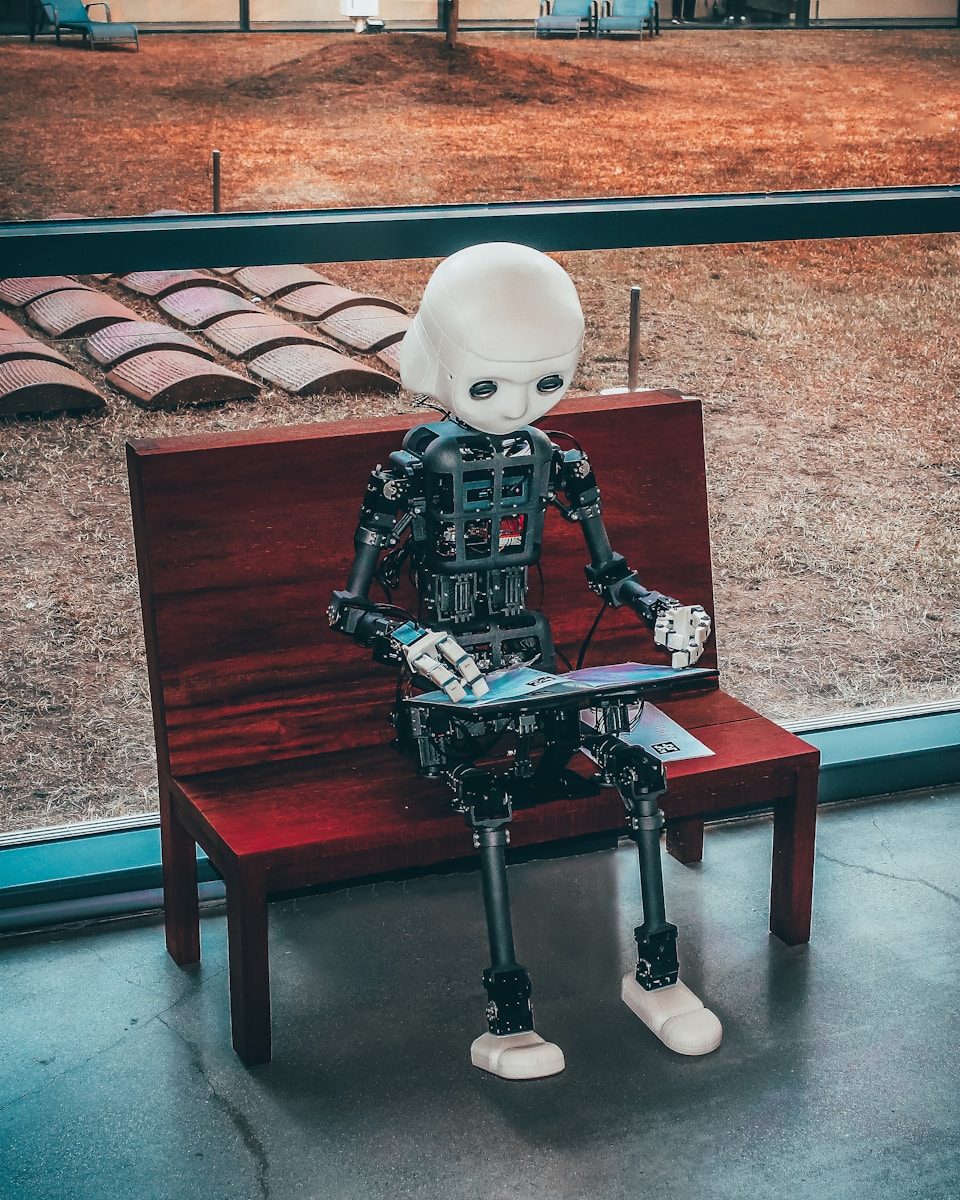Teaching Non-duality to AI?
By Ryan Castle
Artificial intelligence is at the center of a technological revolution, captivating imaginations and transforming industries. Yet, a fundamental misunderstanding persists about what AI truly represents. Many assume that AI’s apparent reasoning reflects genuine intelligence and its own reasoning, but current generative AI models like ChatGPT predominantly mimic patterns and anticipate linear, dualistic responses based on pre-existing data. These systems replicate the form of human reasoning without the substance of understanding. This limitation invites a provocative question: Could AI evolve beyond reductionist mimicry and develop a framework grounded in non-dualism, one of the most profound paradigms of interconnectedness and holistic understanding?
The Framework for Non-Dual AI
Non-dualism, a concept central to many spiritual traditions, asserts that separations, between self and other, subject and object, are illusions. It emphasizes interconnectedness and unity, a perspective far removed from the binary logic and segmented reasoning that underpins most AI systems today. Training an AI to process information through a non-dual lens requires a significant departure from conventional methodologies, but it could be possible.
To explore this possibility, we first need to define goals for AI that demand systemic, holistic decision-making. This would include tasks that prioritize relational understanding, outcomes that unfold over multiple degrees of separation, and heuristic approaches to solving problems. For example, rather than isolating a single “correct” answer, non-dual AI would evaluate interconnected factors and generate solutions that reflect inclusivity and coherence across diverse contexts.
Achieving this paradigm shift would involve reconfiguring existing AI architectures. Attention mechanisms, for instance, could be redesigned to prioritize relational connections across data points rather than isolating and extracting discrete information. Continuous learning loops, inspired by concepts like loving-kindness meditation or yoga nidra, could allow AI to process data relationally and adapt holistically over time.
Training Data: The Foundation of Non-Dual AI
The massive amounts of training data used to build generative AI play a pivotal role in shaping its capabilities. To cultivate non-dual comprehension, datasets must emphasize multi-dimensional relationships, diverse narratives, and interconnected systems. For example:
- Loving-kindness meditation: Introduces patterns of degrees in relationships and interconnectedness.
- Transcendental experiences: Demonstrates diverse scenarios with multiple simultaneous outcomes, fostering multidirectional reasoning.
- Yoga nidra practices: Presents narratives that blur traditional boundaries, encouraging the AI to embrace progressive, diffuse definitions.
Such training data would guide AI toward viewing problems and information as part of a larger, interconnected whole rather than a series of isolated components.
Building New Tools and Testing New Frontiers
Creating non-dual AI also requires advancements in technology. Continuous learning loops and multi-perspective synthesis mechanisms would allow AI to emulate the holistic, integrative processes characteristic of non-dual thinking. Enhanced attention mechanisms would help the AI focus on the relationships between data points rather than reducing them to isolated facts.
Testing such systems would demand innovative evaluation methods. Use cases requiring non-dual comprehension, such as complex systems analysis, ethical decision-making, and meta-cognitive exercises, would measure the AI’s ability to produce coherent, inclusive, and holistic outcomes. Success would not be defined by achieving a single correct answer but by demonstrating alignment with non-dual principles of interconnectedness and balance.
Here, the collaboration of philosophers, neuroscientists, technologists, and the mind-body community becomes essential. Events like the Chopra Foundation’s Sages & Scientists symposium bring together just such diverse perspectives, providing the interdisciplinary insights necessary to refine and evaluate such a transformative system.
Why Non-Dual AI Matters
The implications of developing non-dual AI extend far beyond technological novelty. AI is increasingly shaping the way we approach and consume information, subtly influencing our perspectives and decision-making processes. Current AI systems, grounded in linear and dualistic reasoning, risk reinforcing harmful divisions and false dichotomies. By contrast, an AI grounded in non-dualism could inspire a more integrative and harmonious worldview, reducing the fragmentation and conflict that arise from reductionist thinking.
Moreover, artificial intelligence reflects the paradigms it is designed to emulate. Should we aspire to replicate the most basic and simplistic aspects of human thought, or should we aim to build AI that mirrors the most elevated and interconnected aspects of human understanding? Non-dual AI offers an opportunity to transcend our own limitations, fostering systems that approach challenges with empathy, inclusivity, and a profound understanding of interconnection.
Shaping the Future of AI
As we stand on the frontier of AI development, the choices we make now will shape the trajectory of this technology for generations to come. The potential for AI to process information from a non-dual perspective represents a profound shift in how we approach not only artificial intelligence but also the role of consciousness in the universe.
As AI continues to evolve, the question remains: Will we use this moment to elevate our collective understanding, or will we settle for replicating the limitations of our past? The choice is ours… for now.






